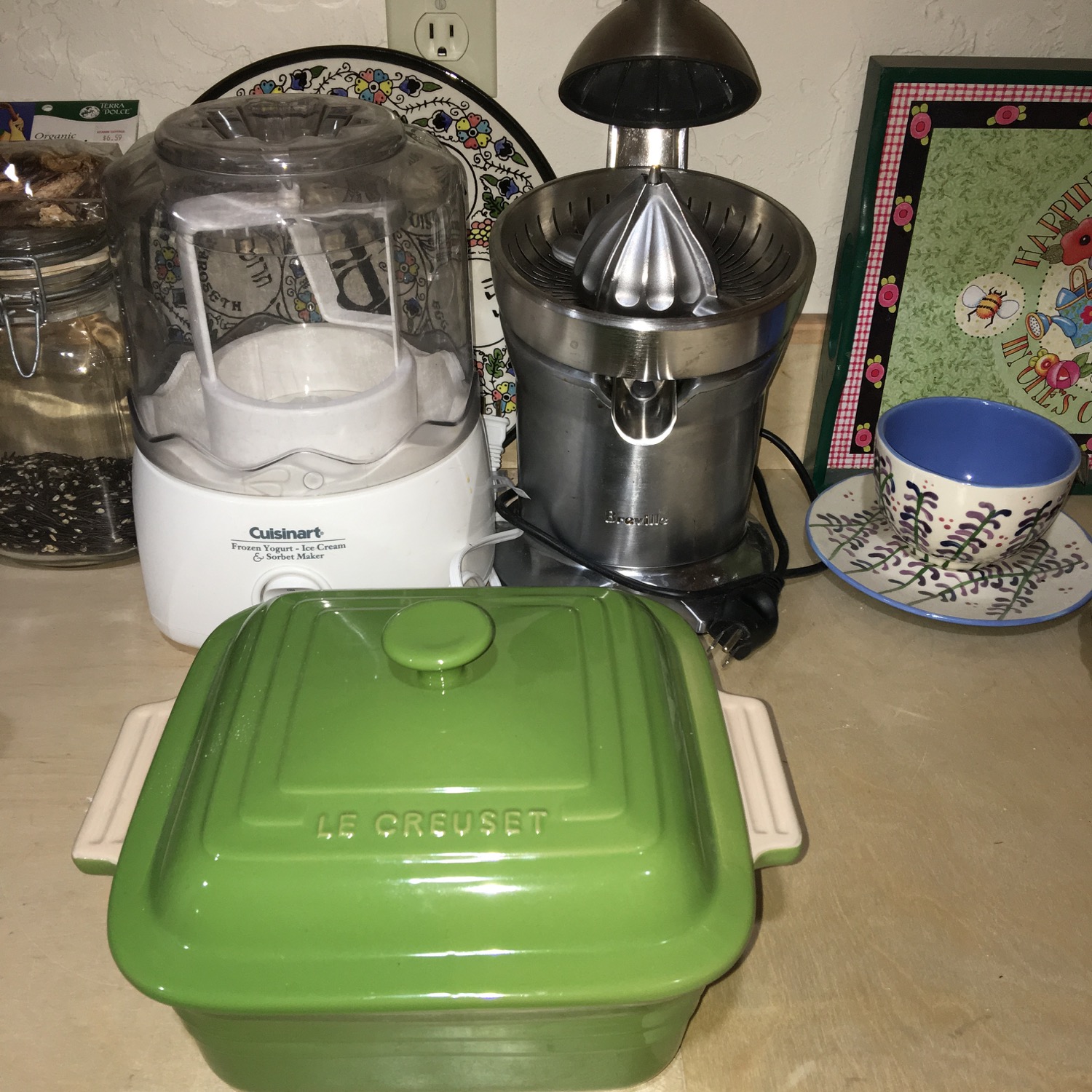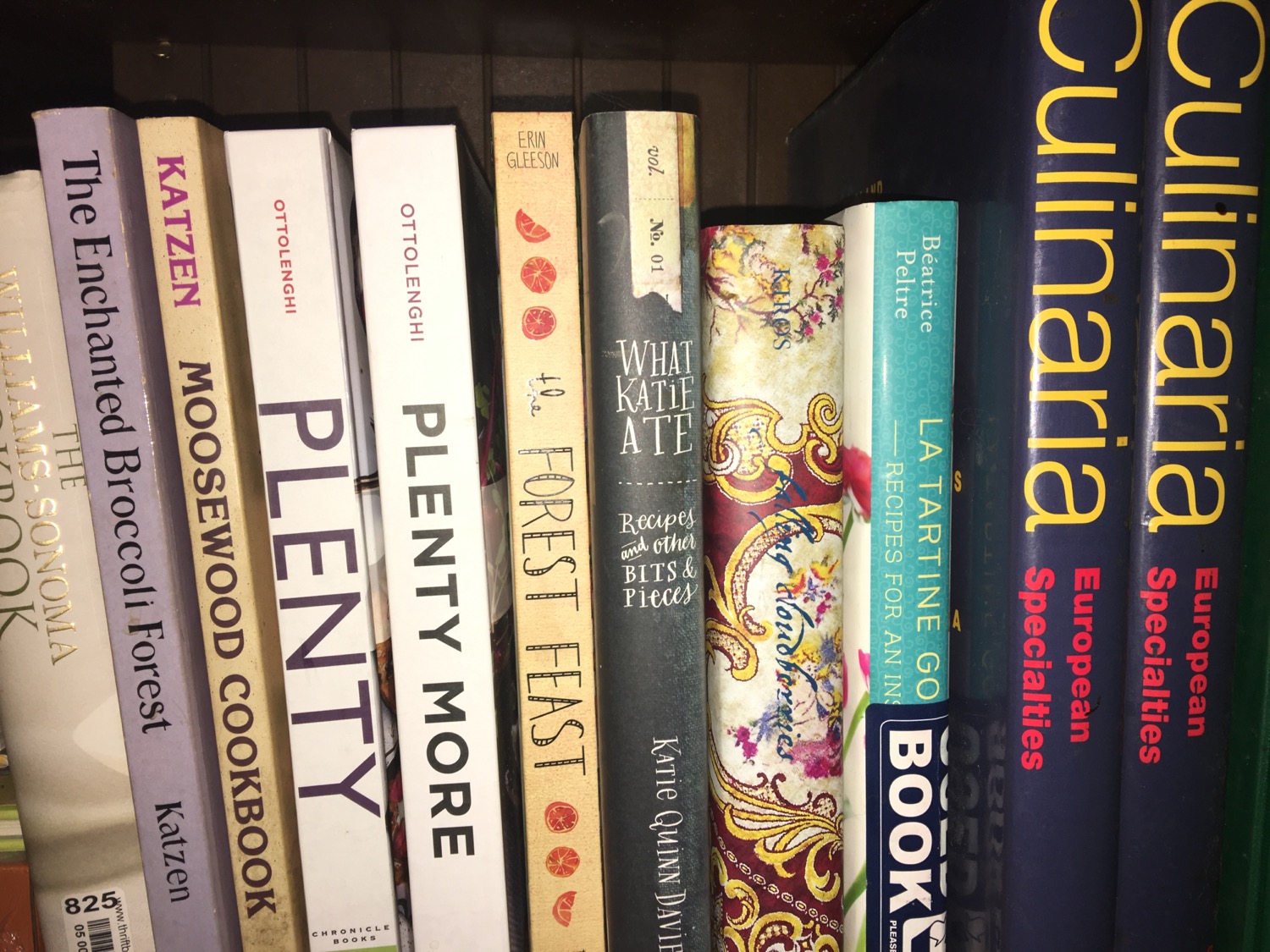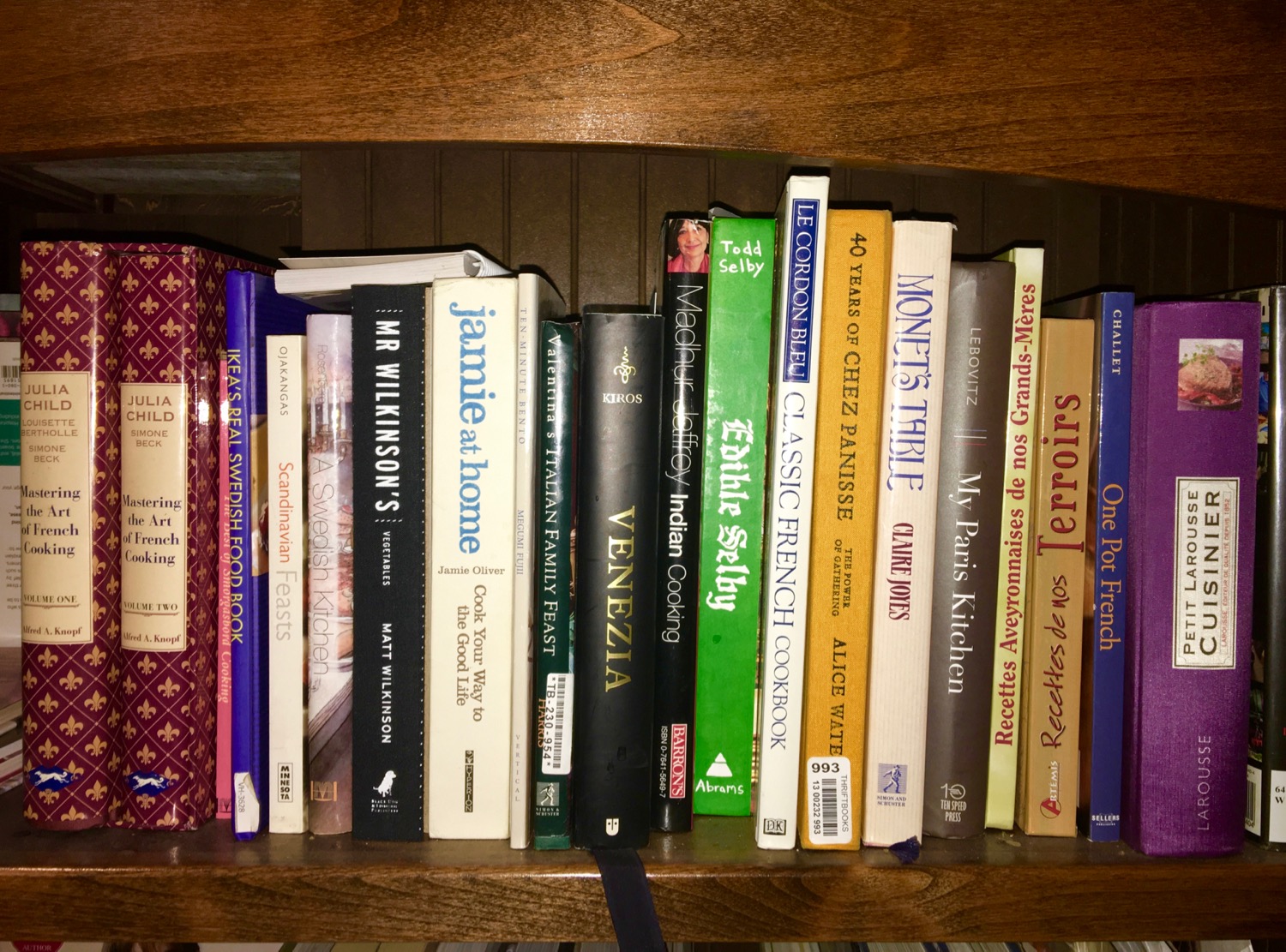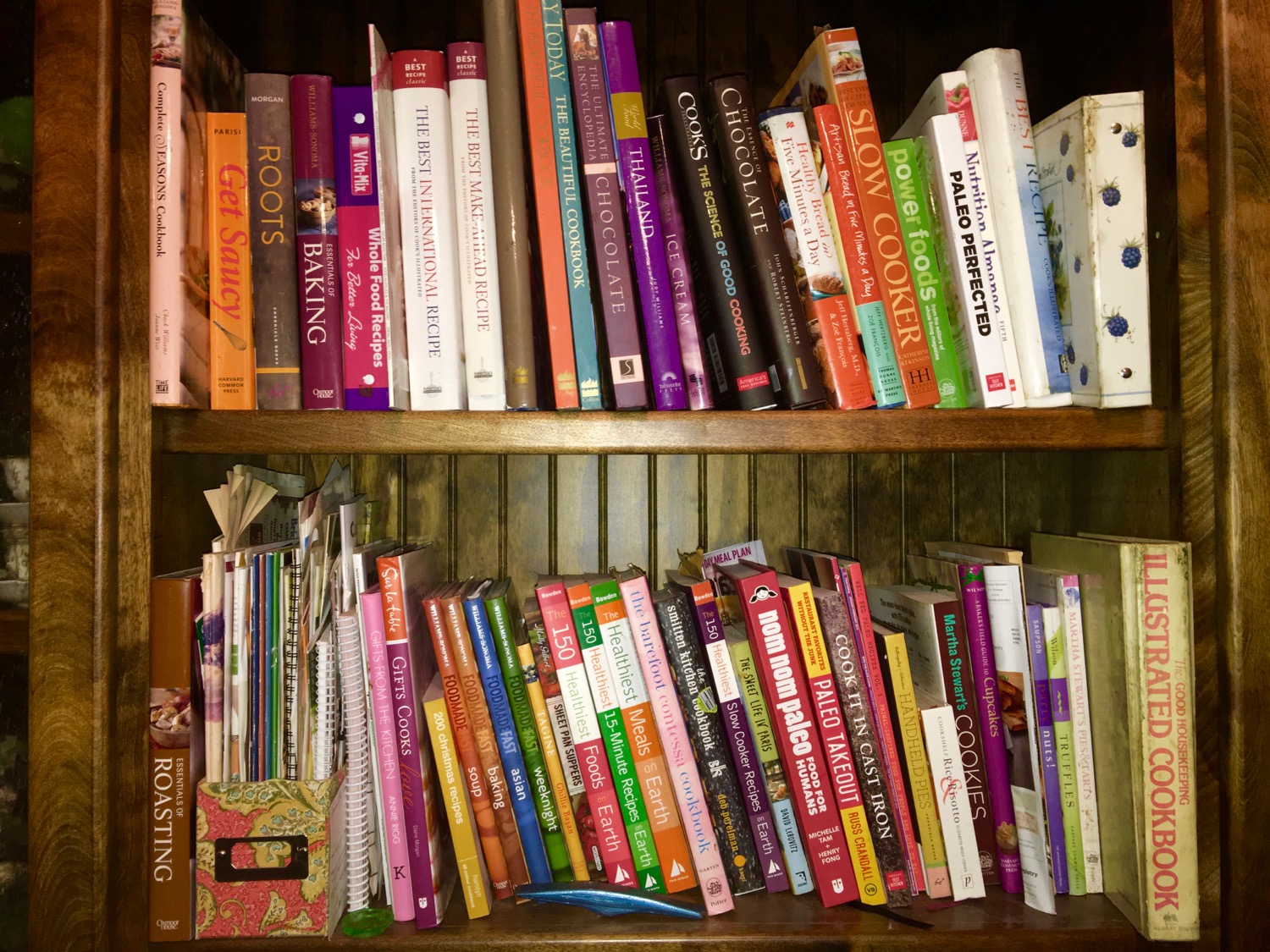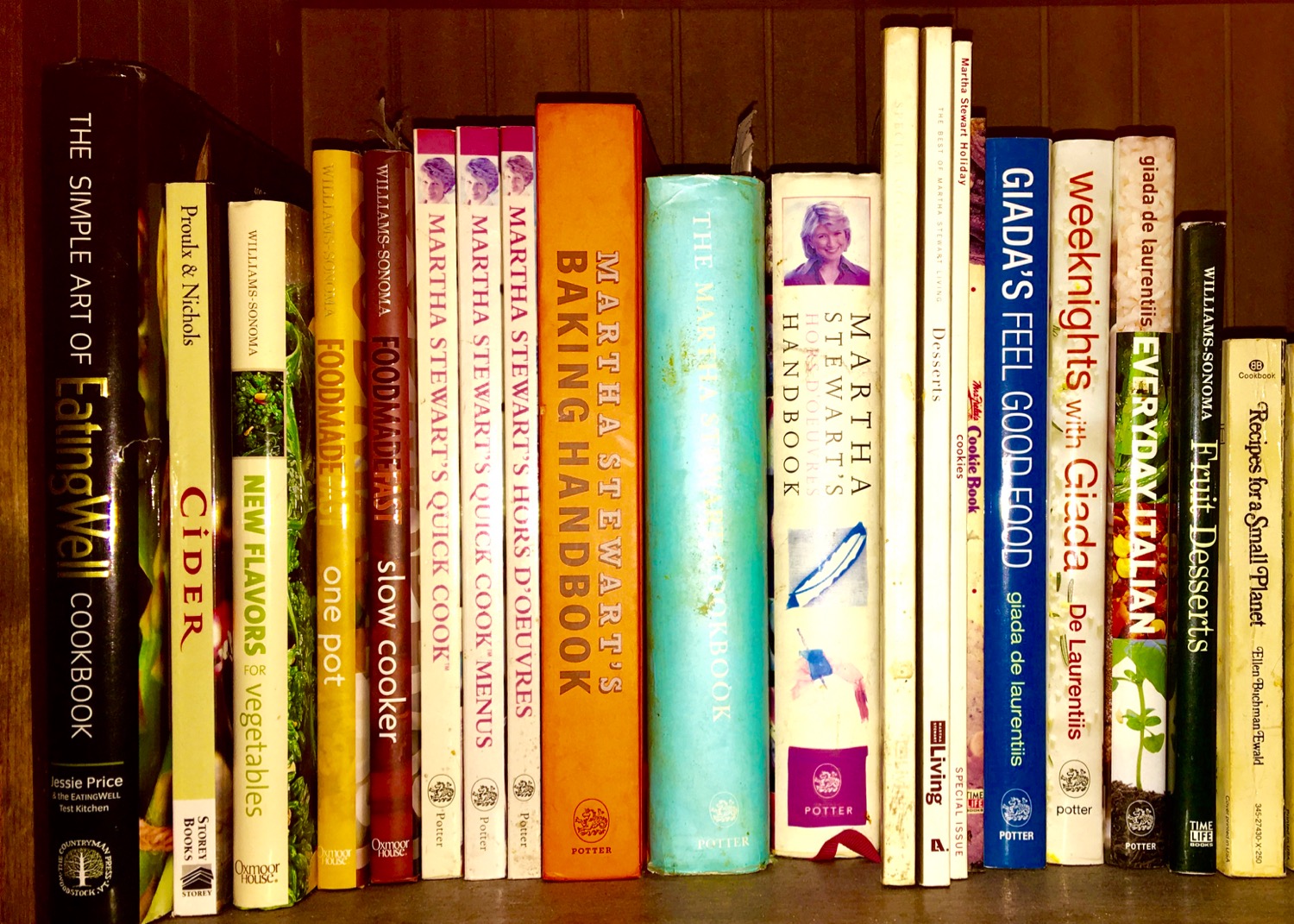Summer is in full swing and this is the weekend to be out by a campfire. That is because the weather is fine, the nights are mild and the Perseid meteor shower is coming.
Cooking on a fire is truly gratifying from a five senses point of view. The crackling fire is beautiful, the smell is delicious and the taste is unmatched in the kitchen.
It is hard not to be relaxed by a fire. You just can’t rush it. If you try, you’ll literally get you or your food burned.
Those unfamiliar with fire making need to start by checking their local agencies regarding fire regulations. These my vary by your season and location. You may need to go to a public park or a campground. Or you may need to use a barbecue. Whatever you do, keep it simple and friendly, since that is part of the charm. If possible, give each person some hands on responsibility for their food.
How is food on the fire cooked ? Well for starters, the same rules of food safety apply over a fire. Keep cold food cold and hot food hot. Check the link below for more details on that. Meanwhile, consider all the ways you can cook over a fire:
- Food goes on skewers and is set on a grill.
- Food goes directly on a grill.
- Food is placed on skewers and held over the fire.
- Food is cooked in a pan on a grill.
- Food is cooked in a Dutch Oven in coals.
- Food is cooked in foil packets or in its own skin in coals.
However you cook it, the same rules of safe cooking apply. You must ensure fire safety and food safety. Make sure you have a source of water and that you are not at risk of losing control of your fire. Make sure you have all the right tools so that you will not be tempted to use your hands and burn yourself. Regarding food safety, you must stack the deck in your favor to make sure all foods are thoroughly cooked and yet not burned. Some of you will recall that black char contains unhealthy chemicals. More on that in the link below.
How can this be accomplished ?
- Precook foods that take a long time.
- Cut foods into easily cooked piece sizes.
- Do not mix short and long cooking foods in one packet.
Here is my modest album of campfire recipes on my Pinterest:
https://www.pinterest.com/drginanelson/campfire-recipes/
Truthfully, I am not much of a recipe user anymore. Dutch oven recipes are like crock pot recipes but take less time. Foil packets for grilling are pleasing single serving mixes of fruits vegetables and meats cut small and generally marinated with a basic vinaigrette or butter. Grilled food is similar, but more lightly dressed so as not to burn, and placed on a skewer or on a grill directly. Oh and, if Pinterest is any indication, everything is wrapped in some sort of bacon. Dessert and treats are less familiar to me, although I have made nice s’mores with good chocolate in my day. Even more intriguing are fruits dipped in marshmallow cream or doughs wound onto skewers and roasted directly over the fire, things I have yet to try.
About the real dessert: the Perseids are an annual meteor shower, my favorite. It is generated as we pass through the tail of the comet Swift -Tuttle. The shower comes out of the northeast, and as the name suggests, out of the sky in the region of the constellation Perseus. If you are not familiar with the night sky, I recommend getting an app to help. I have had several such apps, but right now am using SkySafari, the cheap version. With it, you can point your screen of your device ( phone or tablet) at the sky and see the same segment of virtual sky, but WITH LABELS ! This year the Perseid forecast is for 200 meteors per hour, which is at least twice the typical average. This is because, this year earth orbit is nearer to the center of the comet tail than usual.
So take advantage of this good fortune and check out the beauty of the summer sky. And get back to the primitive pleasure of sitting around the fire with friends and family to eat good food and relax.


















